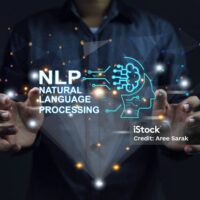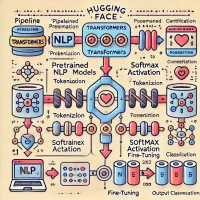Regression vs Classification Multi Layer Perceptrons (MLPs) _ day 10
Regression with Multi-Layer Perceptrons (MLPs) Introduction Neural networks, particularly Multi-Layer Perceptrons (MLPs), are essential tools in machine learning for solving both regression and classification problems. This guide will provide a detailed explanation of MLPs, covering their structure, activation functions, and implementation using Scikit-Learn. Regression vs. Classification: Key Differences Regression Objective: Predict continuous values. Output: Single or multiple continuous values. Example: Predicting house prices, stock prices, or temperature. Classification Objective: Predict discrete class labels. Output: Class probabilities or specific class labels. Example: Classifying emails as spam or not spam, recognizing handwritten digits, or identifying types of animals in images. Regression with...


